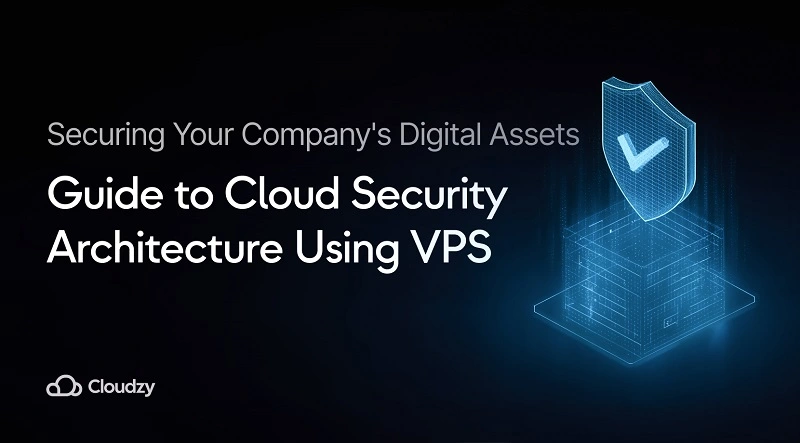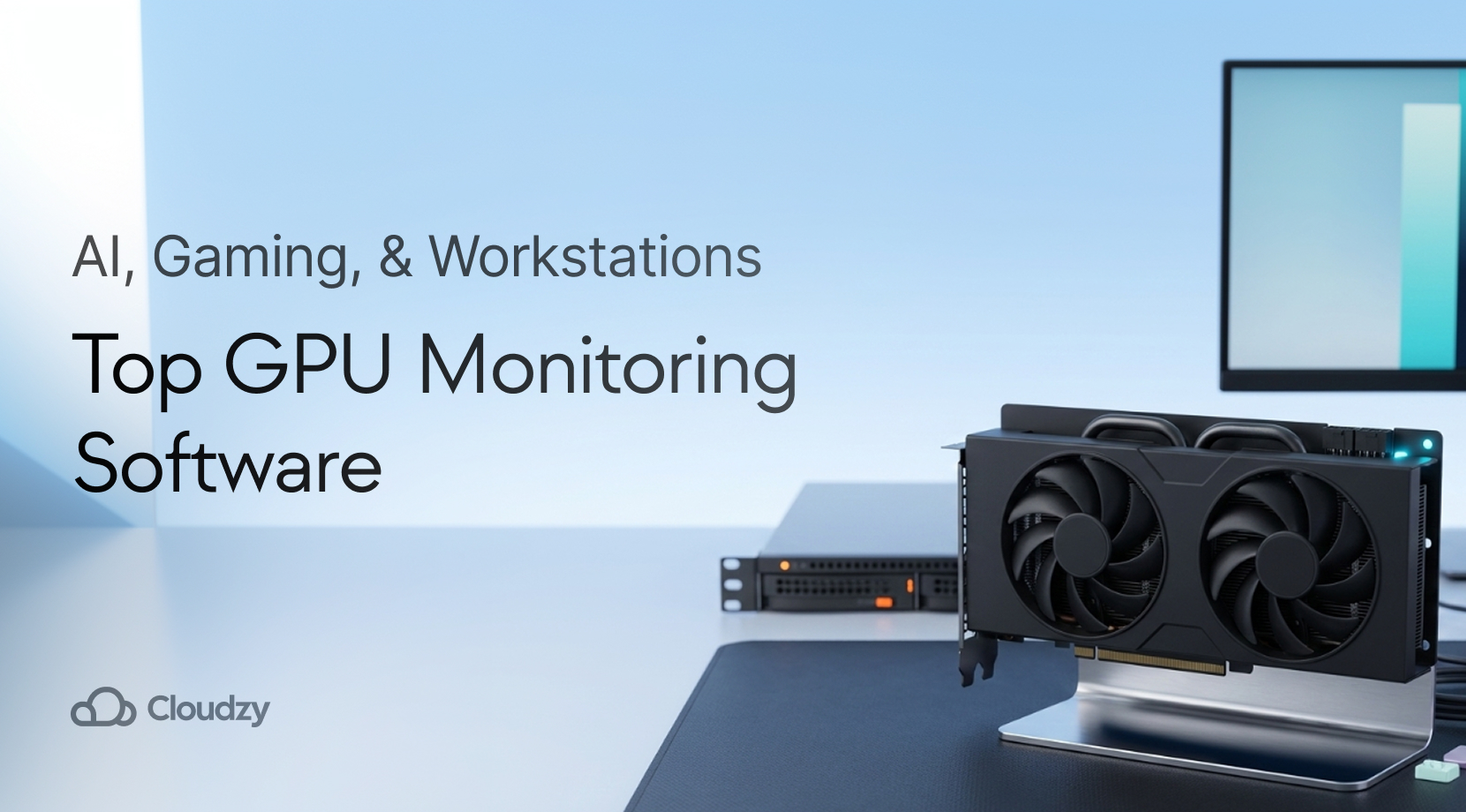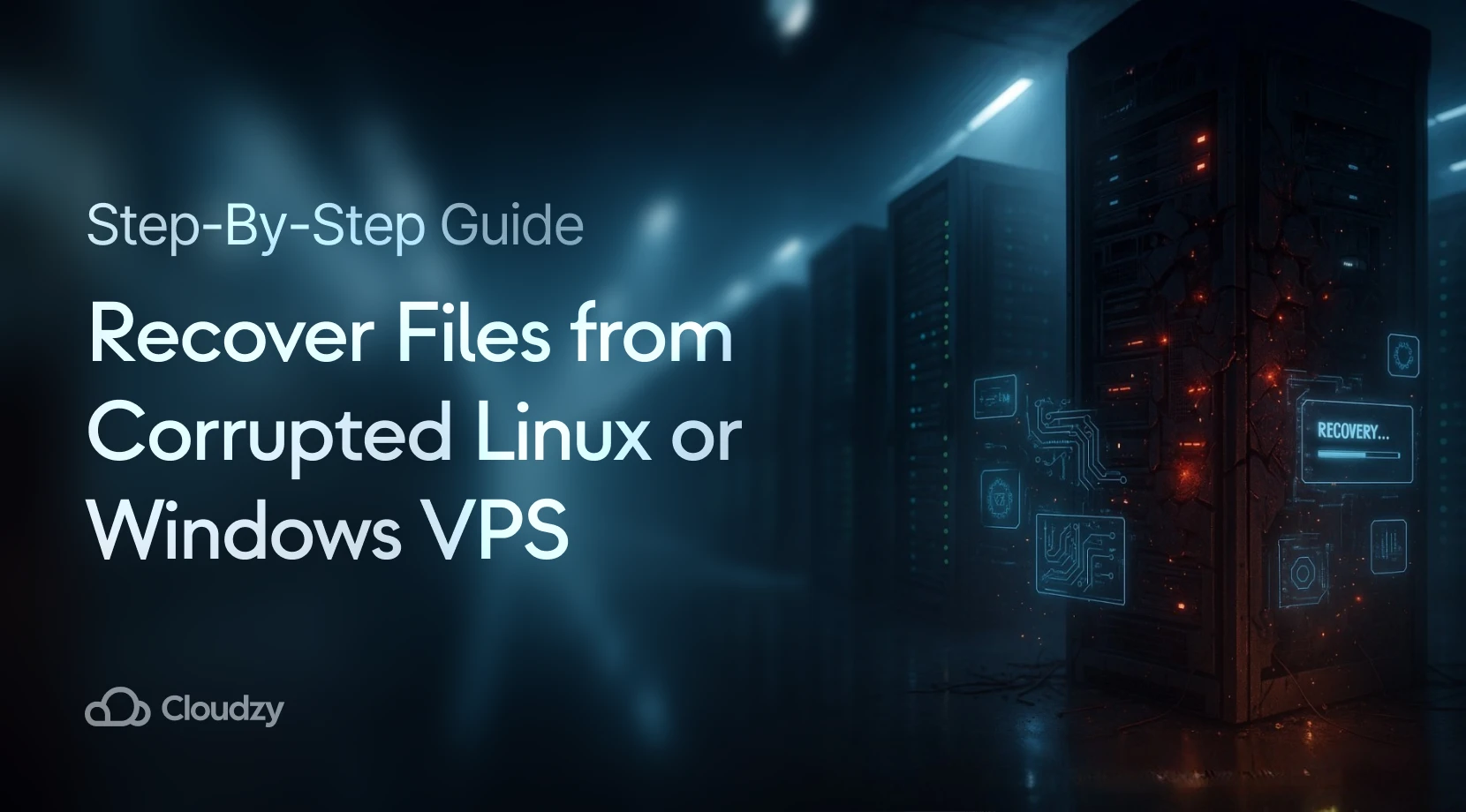Your SaaS invoices, client contracts, and R&D notes all rely on servers you seldom see. I meet many small‑to‑mid businesses that spin up virtual machines, then realize too late how exposed they are. In this guide, I’ll walk you through business data security VPS solutions that keep attacks at bay without hiring a huge security team.
If you’re new to the realm of cloud computing, I encourage you to check out our beginner’s guide on cloud security to get a firmer grasp on some of the more technical stuff we’re going to be covering later in this post. Moreover, you can learn more about cloud architectures for businesses here.
Why Protecting Your Digital Business Assets Matters
Cybercrime hardly targets only global giants; last year alone, small businesses lost billions in leaked designs and customer records. A single breach can trigger fines, reputational damage, and sleepless nights for the owner. Solid business data security VPS solutions reduce that risk by wrapping each workload in clear, layered defenses.
Quick reality check
- 61% of breaches affecting firms under 250 employees – Verizon 2024 Data Breach Investigations Report (DBIR), “Victim Demographics” section.
- Average ransomware downtime of 21 days – Coveware Q4 2024 Ransomware Report, “Business Interruption” metrics.
Cybercrime hardly targets only global giants; last year alone, small businesses lost billions in leaked designs and customer records. A single breach can trigger fines, reputational damage, and sleepless nights for the owner. Solid business data security VPS solutions reduce that risk by wrapping each workload in clear, layered defenses.
Quick reality check
- 61% of breaches affecting firms under 250 employees – Verizon 2024 Data Breach Investigations Report (DBIR), “Victim Demographics” section.
- Average ransomware downtime of 21 days – Coveware Q4 2024 Ransomware Report, “Business Interruption” metrics.
- Average cost per record stolen of $165 – IBM Security & Ponemon Institute “Cost of a Data Breach 2024” study, global mean.
- Those numbers turn abstract threats into real invoices—something every compliance officer understands. That’s why the rest of this guide unpacks a down‑to‑earth security architecture you can implement on your existing virtual private server.
What “Security Architecture” Means
Think of architecture as the floor plan for safety. Instead of walls and fire exits, we map controls that stop intruders, protect data in transit, and recover quickly when things go wrong. I favor a three‑layer model that works especially well with business data security VPS solutions:
- Perimeter and identity – who can touch the server?
- Data privacy – how is information scrambled and segregated?
- Resilience – how fast can we bounce back if something breaks?
We’ll build each layer on top of a solid virtual machine, then polish the plan with simple governance steps. For a broader look at how this ties into your overall infrastructure, I recommend reading our full piece on cloud security architecture.
Your VPS: A Secure Foundation for Business Data & Apps
Not all virtual machines are alike. Before adding fancy tooling, pick a provider that offers high‑availability zones, DDoS filtering, and role‑based access to the control panel. Choosing wisely gives your business data security VPS solutions a sturdy base.
Key features to look for:
- Isolated resources: dedicated vCPU and RAM keep noisy neighbors out.
- Snapshot support: instantaneous images simplify rollback.
- Integrated firewall: rule traffic before it reaches the OS.
- IPv6 + IPv4 dual‑stack: future‑proof networking.
If you still haven’t rented space, you can buy cloud server capacity that ticks all these boxes within minutes.
Layer 1: Secure Server Access & Firewalls
Even the best hardware fails if someone walks through an open door. Start here:
Hardened Authentication
- Disable password logins; move to SSH keys or certificate‑based VPN.
- Enforce multi‑factor authentication (MFA) on the control panel.
- Rotate keys quarterly as part of your access control policies.
Minimal Surface Area
- Close unused ports immediately.
- Limit management ports (22, 3389) to approved IP ranges only.
- Deploy an application‑aware firewall to inspect packets.
Zero‑Trust Remote Workflows
Remote teams thrive when they connect through secure remote access VPS tunnels that verify identity continuously. A tool like WireGuard inside your VPS lets staff reach internal apps without punching permanent holes in the perimeter.
Tip: Document every firewall change in a git repo—small habit, huge accountability boost.
By adopting these controls, you multiply the strength of your business data security VPS solutions while fulfilling baseline audit requirements for cybersecurity for SMBs.
Layer 2: Encrypting Important Company Data
Data thieves can’t spend what they can’t read. That is why protecting business information online calls for encryption at rest and in motion.
Data‑at‑Rest
| Storage Type | Recommended Method | Notes |
| Block volumes | LUKS full‑disk encryption | Automate passphrase entry with TPM or cloud KMS |
| Database files | Native TDE (e.g., PostgreSQL pgcrypto) | Separate keys from data nodes |
| Backups | GPG + object storage SSE | Verify hashes after upload |
Data‑in‑Transit
- Enforce TLS 1.3 on every public service.
- Pin certificates in mobile apps to fight man‑in‑the‑middle attacks.
- Maintain HSTS headers for web portals.
Repeat these steps on test and staging environments, too—that’s still client data, after all. Every mile we encrypt reinforces the credibility of our business data security VPS solutions.
Layer 3: Regular Backups & Recovery Plans
Mistakes happen: someone deletes a table, and a patch goes bad. Quick recovery separates minor hiccups from disasters. Pair business data security VPS solutions with a structured backup matrix:
| Asset | Frequency | Retention | Location |
| Databases | Hourly | 14 days | Off‑site S3 bucket |
| Application binaries | Nightly | 30 days | Secondary region |
| Config & IaC repositories | Continuous | Forever | Git provider |
Make sure those archives live outside the production VPS, preferably in a Private Cloud provider environment. Automate integrity checks and schedule fire drill restores every quarter. That practice keeps both auditors and insomnia at bay.
Working with Your VPS Provider on Security
A good host does more than rent CPUs; they partner with you on incident response and vulnerability management (basic) tasks.
- Patch cadence: subscribe to provider bulletins and patch kernel zero‑days within 24 hours.
- Threat feeds: some vendors push live WAF updates—opt in.
- Shared logs: aggregate hypervisor events into your SIEM.
- Contractual SLAs: define response time for DDOS or hardware failure.
If your current vendor drags its feet, consider migrating workloads to a reliable business application hosting VPS plan or simply buy VPS capacity from a company with transparent report cards. You can check out our cloud hosting solutions here.
Pulling the Layers Together
By now, you’ve seen how each control builds on the previous one. From tight logins through zero‑knowledge encryption and disciplined backups, the plan stays doable without a six‑figure budget. Most importantly, it keeps business data security VPS solutions front and center—the phrase that also reminds us who we’re protecting and how.
Quick Checklist Before You Log Off
- MFA on every admin interface (yes, the billing portal, too).
- Port scan shows only necessary services.
- Full‑disk encryption active with off‑box keys.
- Hourly database backups tested for restoration.
- Signed agreement with VPS vendor on patch and incident timelines.
Tick those boxes, and you’re already ahead of most peers in VPS security for company assets. Keep refining controls as threats evolve, and never stop educating your team on protecting business information online.
Next Steps
I encourage you to schedule a one‑hour audit using this guide as your rubric. Bring in the IT lead and finance manager; map gaps, and then assign owners. Within a week, you can turn patchy defenses into properly layered business data security VPS solutions.
If self‑hosting collaboration tools are on your roadmap, a nextcloud vps paired with the safeguards above makes syncing documents both convenient and safe. Need more horsepower? You can always spin up an extra node through the same VPS security for company assets approach.
Business data security VPS solutions keep our intellectual property, client trust, and peace of mind intact. Implement them once, review them often, and enjoy the freedom of innovation minus the fear of headlines.




One thought on “Securing Your Company’s Digital Assets: A Simple Guide to Cloud Security Architecture Using VPS”
This post really hits home—so many smaller teams I’ve worked with assume spinning up a VPS is secure by default. I appreciate the reminder that layered defenses are key, even when you’re operating on a lean budget.